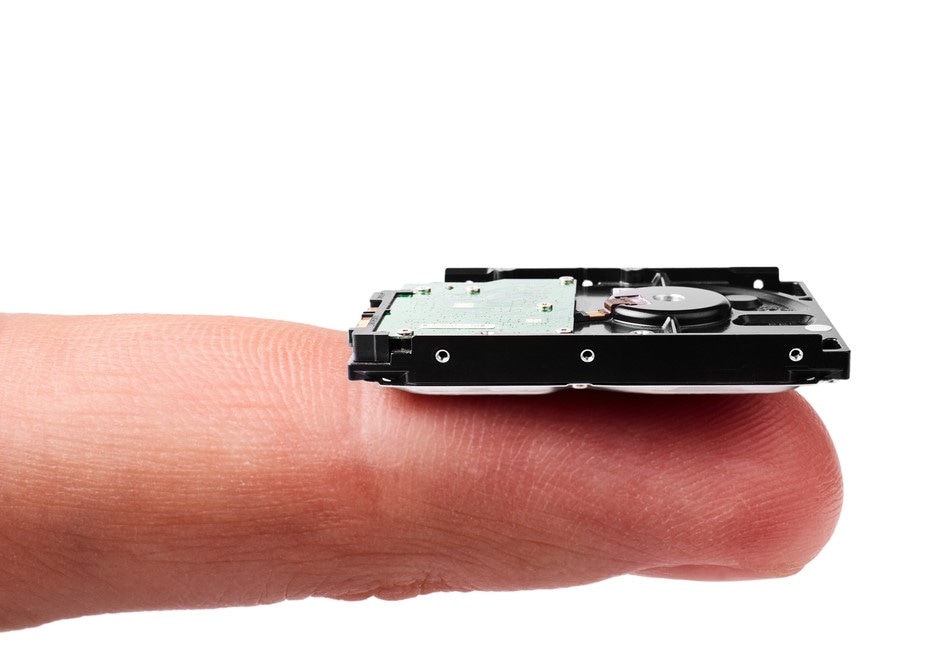 any_keen/Shutterstock.com
any_keen/Shutterstock.com
A recent article published in Nature by a group of Researchers at Rutgers University’s Department of Materials Science and Engineering describes a new actuation device known as the “inverted-series-connected (ISC) bimorph actuation device,” which is capable of lifting 165 times its own weight1.
The nano-electro chemical actuator device which was developed by Manish Chhowalla’s team at Rutgers University was able to successfully lift 165 times its weight reliably, even when tested several hundred time in a row. This ISC bimorph actuation device could have a wide variety of applications in the future, some of which include steerable catheters and aircraft wings that can adapt to changing conditions.
An actuator device, or an actuator, is a type of device that utilizes a source of energy such as an electric current, hydraulic fluid pressure or pneumatic pressure to control or move a system2. While actuator devices that are based on different kinds of stimuli such as heat, solvent adsorption- desorption or electrochemical action, they can be used in a variety of applications.
Actuator devices that convert electric energy to mechanical energy, for example, are of high interest as a result of their potential use in electromechanical systems and robotics.
Despite the decades of research conducting to find perfect electroactive polymers that are suitable for actuation-related applications, the low stress generation ability of polymers that occur as a result of their low young’s modulus made it incredibly challenging1. While gold (Au) – platinum (Pt) nanoporous metal actuators have been shown to achieve high strains, these materials are very expensive, and these high strains are only achieved at frequencies as low as 0.00025 Hz.
On the other hand, the performance of low cost abundant materials, such as NiOOH and V2O5, depends on the crystallographic orientation of the material1. Therefore, the search for the electroactive polymers is continuing1.
Due to the presence of a high surface to volume ratio, two dimensional (2D) materials, such as molybdenum disulfide (MoS2), allow for the storage of large amounts of electrochemical energy. The inter-atomic bonds, as well as the inter-atomic distance affected by the electrochemical charge stored here, reconfigures the space-charge region near the electrode-electrolyte interface1. Although this intercalation mechanism has been previously used to induce expansion, the actuation phenomenon reported here is fully reversible and highly stable over a broad range of frequencies therefore can be controlled with potential and scan rate1.
Manish Chhowalla’s team at Rutgers has reported a macroscopic actuation device by restacking chemically exfoliated two dimensional (2D) nanosheets of metallic MoS2 on thin plastic substrates to develop ISC bimorph actuation device1. These restacked 2D-MoS2 sheets, by electrochemically-induced insertion and removal of cations between the 2D- MoS2 nanosheets, exhibited dynamic expansion and contraction of electrode films1. The ISC bimorph actuation device was shown to lift masses that are 150 times heavier than that of the weight of the devices several hundred times in a row1.
The Rutgers experiments have also shown that the MoS2 films tested here were able to generate mechanical stresses of 17 megapascals (MPa), which is comparable to ceramic piezoelectric actuators that can generate about 40 MPa of mechanical stress1. The mechanical stress generated by mammalian muscles is about 0.3 MPa, which is about 50 times less than that of the mechanical stress generated by the nano-electro chemical actuator device developed here1.
The MoS2 films have a strain of 0.6% when operated at a frequency of 1 hertz (1 Hz). The high electrical conductivity of the metallic 1T phase of MoS2 2D nanosheets, elastic modulus of restacked MoS2 layers which measure at 2 – 4 gigapascals (GPa) as well as the fast proton diffusion between the nanosheets are the factors responsible for the actuation performance of the ISC bimorph actuation device developed here1.
These results suggest that the use of the nano-actuation device technology developed here can be used in the development of new electrochemical actuation devices for high-strain and high-frequency applications1.
References:
- “Metallic molybdenum disulfide nanosheet-based electrochemical actuators” M. Acerce, E. Akdogan, et al. Nature. (2017). DOI: 10.1038/nature23668.
- “What are Actuators and Different Types of Actuators?” – The Western Design Center, Inc.
Disclaimer: The views expressed here are those of the author expressed in their private capacity and do not necessarily represent the views of AZoM.com Limited T/A AZoNetwork the owner and operator of this website. This disclaimer forms part of the Terms and conditions of use of this website.